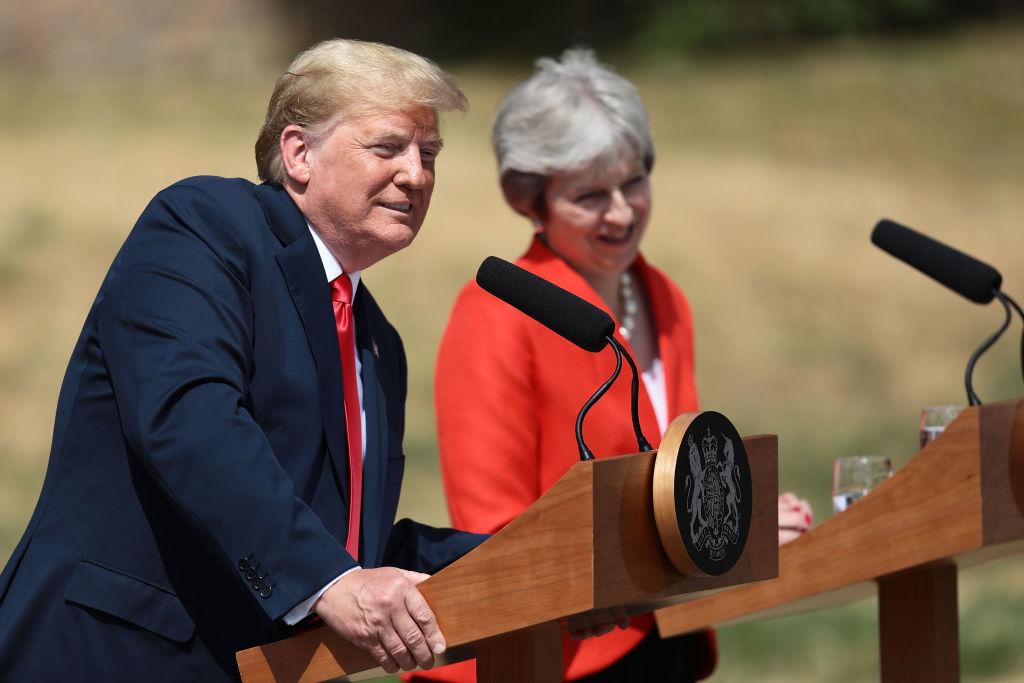News Analysis
The words of President Donald Trump, in an interview with CBS Evening News in Scotland, were misrepresented for a clickbait headline.


The words of President Donald Trump, in an interview with CBS Evening News in Scotland, were misrepresented for a clickbait headline.